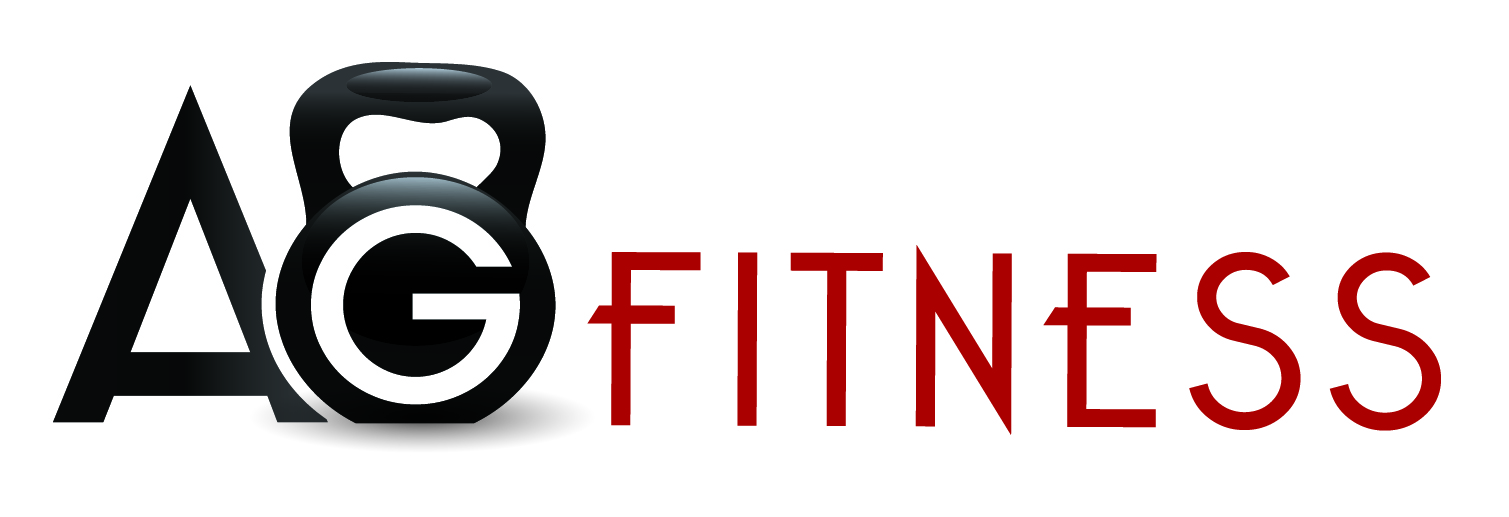How To Deal with the Heat
“Sun is shining, the weather is sweet
Make you want to move your dancing feet
To the rescue, here I am
Want you to know, y'all, where I stand”
Bob Marley & The Wailers
With the Sun now here in Toronto and we are ending the month of May with a heatwave, let’s talk about the effects of the sun and over heating.
Let’s be Sun Smart. Overexposure to sun can be extremely dangerous. In the short run, unprotected exposure can cause moderate to severe sunburn. In the long run, the skin and eyes can be damaged. The risk of skin cancer and cataracts increases with exposure.
Suntans and Sunburns are both signs of skin damage. Even after a sunburn heals, the damage remains and increases with each burn.
Reflections from water, sand, and concrete can intensify the effect of the sun’s rays. Even on overcast days, sunscreen is necessary, because the sun’s ultraviolet (UV) radiation is still present. Everyone doing aquatic activities outdoors should take sun-smart precautions:
- Wear clothing that covers exposed skin
- Wear a hat that protects the face and the back of the neck
- Use sunscreen with a sun protection factor (SPF) of at least 30 and water resistant (80 minutes).
- Apply sunscreen and lip-balm to protect exposed skin. Apply and reapply sunscreen according to manufacturer’s directions.
- Wear protective sunglasses.
- If appropriate, wear a wetsuit or other protective clothing to prevent sunburn
- Monitor UV ratings and forecast in weather reports
Heat Cramps are caused by the dehydration and salt depletion associated with excessive sweating and characterized by painful cramps in large muscles.
Signs and symptoms
- Pain and spasms in muscles
- Cool, clammy skin (sweating)
- Fatigue, dizziness, headache
- Nausea and possible shock
Treatment
- Getting into a cooler environment
- Drink cool water or a sports drink with electrolytes if available
- Stretch or put pressure on the cramp
- Eat something to restore depleted body salt.
Heat Exhaustion occurs when a person is exposed to high-temps for a long time. Water loss occurs through perspiration and can result mineral and salt loss.
Signs and symptoms
- Including the symptoms of Heat Cramps
- Headache, weakness
- Fear, anxiety
- Confusion, disorientation
- Weak, rapid respiration
- Cyanosis(a bluish discoloration of the skin resulting from poor circulation or inadequate oxygenation of the blood) of the lips and fingernails
Treatment
- As per Heat Cramps
- If the level of consciousness is decreased or moderate to severe shock is a factor, contact EMS/911.
Heatstroke is a rare but serious condition in which the body’s cooling mechanism stops working and can cause death. The body’s core temperature starts to rise, and the organs are at risk of tissue damage and cardiac arrhythmia.
Signs and symptoms
- Including the symptoms of Heat Exhaustion
- Fever
- Hot, dry skin and flushed face
- Nausea, vomiting
- Full, pounding pulse
- Decreased level of consciousness (confused, disoriented, unconscious)
- Seizures
Treatment
- As per Heat Exhaustion
- If unconscious, maintain an open airway; perform CPR if needed. Contact EMS/911
- Cool the body core (head, neck, chest, back and groin) by wrapping in a wet sheet or fanning the body
1 Canadian Lifesaving Manual - 2015

